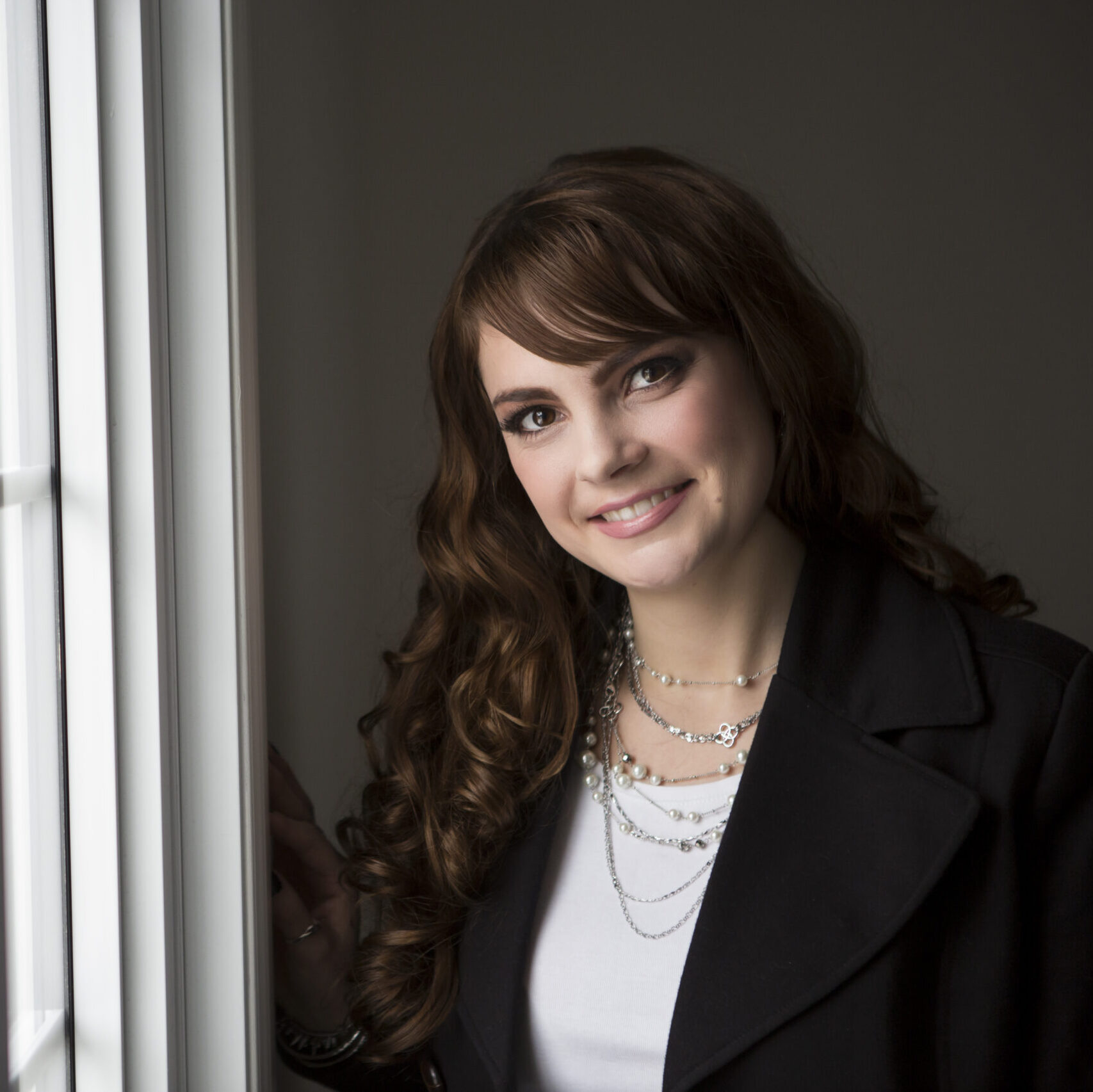The future of hypertext fiction – Cyberbooks?
It is now evident that the reason why hypertext fiction is not more prominent with the increased publishing of e-books is that there are some major inhibiting factors, which are grounded in tradition.
The first inhibitor of innovative hypertext books is that readers are accustomed to and enjoy the phenomenological experience of reading a print book. What now seems to be nostalgia for the texture, smell, and weight of a book in our hands influences how we experience reading a digital book. “Books feel good. They operate well. It turns out that hundreds of years of publishing have field-tested for us the best ways to display text, to compose pages” (Kostick, 2011, 136). The challenge now with hypertext books is to find the best ways to create a narrative for this format and to design a hypertext that results in a positive phenomenological experience. Steve Portigal explains “we’re at that inflection point where we bring our analog expectations to digital. It’s hard to adopt new technology if it’s not done really well, and we don’t have a model for a digital reading experience” (as cited in Kostik, 2011, 137). Further research on the phenomenological experience of the hypertext readers could lead to more narrative options being developed for greater reader satisfaction in the future.
Another reason why hypertext books are not more popular is due to the restrictions of remediation. A digital parallel structure as envisioned by Ted Nelson, who coined the term ‘hypertext’, has not yet been developed is because the print book and the web hyperlink have acted as guideposts when developing hypertext books.
The book metaphor provides cues to the reader on how to navigate the text and create the similar phenomenological experience of reading a traditional narrative. Hypertext writers struggle with trying to ensure that their work can still be experienced like a traditional book. However, the book metaphor limits the possibilities that the digital medium provides. This issue of remediation is seen in the first-generation hypertexts as Hayles says because “technological limitations and a book culture built on print models kept these early attempts from breaking truly new ground” (Hackman, 2011, p. 88). So far the main change with hypertext fiction books has been the inclusion of web-like hyperlinking, or the jumping from one chunk of text to another as can been seen on many current e-book bestseller lists.
Anne Kostik (2011) summarizes the problem publishers have with these two diverging requirements in creating hypertext books:
“One is the task of emulating the print book on a digital device; of making the reader experience for dedicated print customers as satisfying in digital as it is on paper. The other is learning from and marshalling 20 years of experience with digital screen reading, display and navigation to point us toward a new way of seeing the book, and a new way of experiencing it” (p. 140).
The hypertext book has not yet been able to embrace the new digital media in a way that has enough added value for readers. Writers, publishers and e-books designers need to participate in active research to look beyond the non-linear and hyperlinking aspects in order to create a hypertext book that embraces multimedia and esentially becomes a cyberbook as defined by Crestani et al. (2005). It is time to write for the medium and to design a hypertext book that has no dependence on the limiting conventions of the familiar print book.
***End***
Video: So what is the future of digital storytelling?
—
Navigation menu (Index)
Where is all the Hypertext Fiction in this Digital Age?
1.0 Phenomenology of reading print vs. digital books
2.0 Remediating the book metaphor – what makes a book, a book?
2.1 Remediating the World Wide Web – is hypertext a space?
3.0 Navigating the non-linear hypertext – where to click now?
3.1 Examples of hypertext fiction – how to write hypertext narratives?
4.0 New hypertext narrative forms – what’s beyond the hyperlink?
<—END
This hypertext essay was written in partial completion of the Master of Arts in Communications and Technology degree at the University of Alberta, Canada.
© 2013 Nicole Basaraba
Comments and questions on the topics raised in this hypertext essay are welcome!

